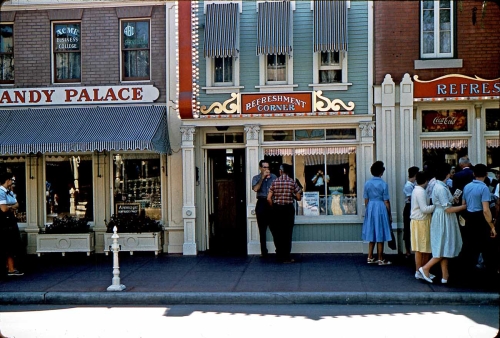
POM pomegranate juice has become popular due to research about the health benefits of pomegranates (it might help with erectile disfunction) and because of a huge marketing push in the last few years.
Some time ago, though, I was reading a New Yorker article about how POM went from nothing–was there any kind of pomegranate juice before POM that didn’t have to be obtained in a health food store?–to this giant antioxidant powerhouse.
But one little side note in the article pointed out some connections between POM, the Pentagon Papers, and the Vietnam War.
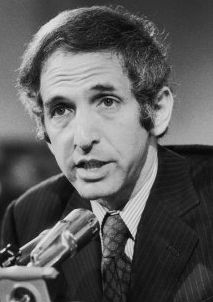 Daniel Ellsberg and RAND
Daniel Ellsberg and RAND
In 1969, at a time when the Vietnam War was raging in full force, Daniel Ellsberg was an Marine Corp veteran who had just returned from two years in Vietnam. He became a military analyst at the RAND Corporation think-tank in Santa Monica, California. As a result, he had the highest-of-the-high security clearances. His job at the time was to help work on a top-secret study of classified documents regarding Vietnam War. The order to work on these documents had come from the highest authority in the military: Defense Secretary Robert McNamara.
Ellsberg’s Moment of Realization
By 1969, Ellsberg become disillusioned with the war, particularly due to an ephiphany he experienced after attending a War Resister’s League. He decided that he had to do something, but how? Ellsberg was in possession of over 7,000 pages of incriminating evidence about the U.S.’s involvement in the Vietnam War. The way he could help was to bring these documents to light.
Enlisting the Help of Lynda Sinay
Through various acquaintances, Ellsberg knew a woman named Lynda Sinay. Lynda owned an ad agency, and as such she had access to a high-volume Xerox 812 photocopier. So, on October 1, 1969, Ellsberg, Sinay, and others undertook the massive effort of copying the entire set of 7,000 pages of top secrets.
Pentagon Papers Exposed
 These documents were published in The New York Times and became known as The Pentagon Papers, the most influential document of the Vietnam War and one of the most important documents in 20th century U.S. history.
These documents were published in The New York Times and became known as The Pentagon Papers, the most influential document of the Vietnam War and one of the most important documents in 20th century U.S. history.
Ellsberg was arrested, and Lynda Sinay became implicated due to her key role. As a Washington Post article says:
[Sinay] was an unindicted co-conspirator and spent the next two years in and out of court: ‘a very dark time,’ she says. All charges against Ellsberg and Russo were dismissed in May 1973.
Pentagon Papers behind her, Lynda Sinay later went on to marry an entrepreneur named Stewart Resnick. This business-minded couple later formed many other well-known and successful businesses, such as:
- The Franklin Mint
- Teleflora
- Fiji Water
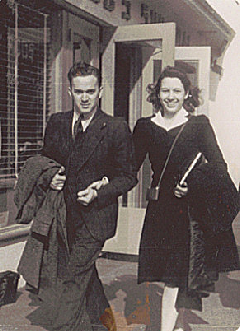
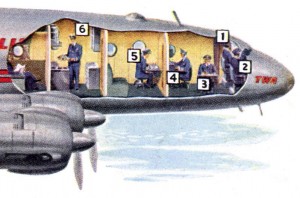
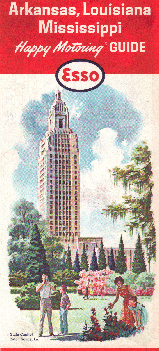 It would be a mistake to think that Soltesz’ talents ended with the Armstrong Cork Saturday Evening Post series. A partial list of accounts and publications associated with Soltesz includes:
It would be a mistake to think that Soltesz’ talents ended with the Armstrong Cork Saturday Evening Post series. A partial list of accounts and publications associated with Soltesz includes:

